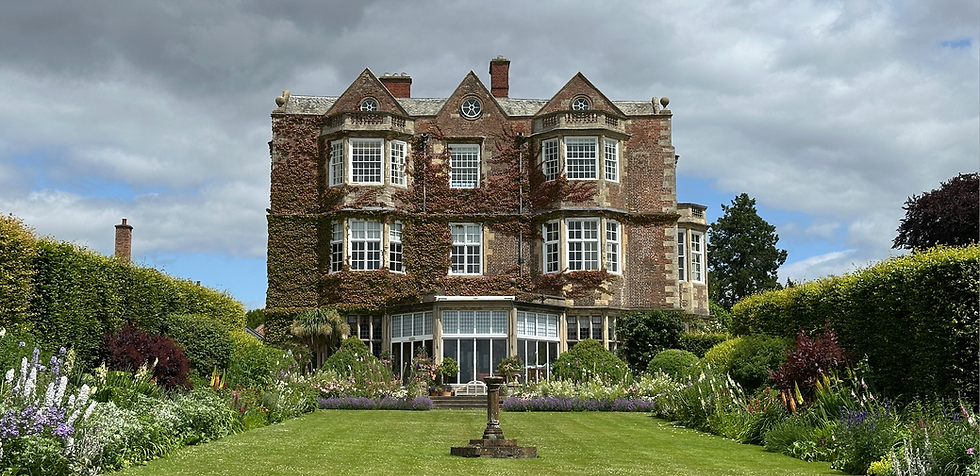Pontefract Cakes – the liquorice lozenge and its Yorkshire heritage
- timbarber
- Sep 11, 2021
- 3 min read

These small tablets of liquorish are synonymous with Yorkshire but what is the story behind these strange black confectionary disks, which people either love or hate?
Whilst the origin of liquorish growing in England is not known, there are records of liquorish being grown in Monastic gardens. It is thought to originate from the far east and has always been grown due to its medicinal properties particularly as a throat lozenge. Its appearance in England was possibly down to being brought back by someone from the Crusades.
Liquorish grows best on alluvial soil overlying limestone and there are records of it being grown in Surrey, Lincolnshire, Nottinghamshire and Yorkshire in the 1600’s. By the 1700’s the growing of liquorish had become concentrated around Pontefract in Yorkshire and a small pocket around Godalming in Surrey.

Interestingly, a map of the Seige of Pontefract from 1648 shows liqurish being grown in the Garths (garden plots) either side of Micklegate – the road which runs between Pontefract Castle and the market place.
As well as a medicine for humans, liquorish was also used as a medicine for horses, having been found to help with horses digestive systems. But as a cure for sore throats the liquorish started to be made into the black “cakes” we know today, so it could be easily transported and then dissolved in water to be drunk.
This portable “lozenge” which has been made since the 1600’s was also stamped to prove its provenance. Firstly with the letters GS – relating to Sir George Saville, a local landowner and then with a design showing Pontefract Castle.

In the 1760’s George Dunhill, a local chemist who grew liquorish started to mass produce the lozenges but started to add sugar to the liquorish root extract as part of the production process to give it a wider appeal and make it a more pleasant proposition to digest.
The lozenges are roughly 4mm thick and 2cm in diameter. George Duhill started calling them Pomfret Cakes, after the original Norman name for Pontefract.
Nowadays the lozenges are stamped mechanically, but in the 1700’s this process was done by hand. The workers who did the hand stamping were known locally as “cakers” and they could each stamp up to 30,000 Pontefract cakes a day!

The Pontefract cake gained another use at the time of the first secret ballot in the UK in 1872. The humble Pontefract cake was used as a seal for the ballot box once voting had finished.
Pontefract cake production continued with the Dunhill family, Frank Dunhill built a factory for production and the business continued to grow until it was bought out by Haribo in 1994.
Rather like Marmite – people either love them or hate them – there is no inbetween! They are still sold in many traditional sweet shops around the UK. In 2004, a health warning was issued when a lady who loved them a little bit too much was admitted to hospital with an overdose. She had been eating 200g a day of the cakes and was suffering from muscle failure and dangerously low potassium levels.

Most liquorice used in the production of Pontefract Cakes is imported now and liquorice had stopped being grown in the UK until a couple of years ago when Heather and Robert Copley (who run Farmer Copley’s Farm & Farm Shop) started to grow liquorice again on their farm in Pontefract. It’s great that the key ingredient of these “Yorkshire Pennies” as they are sometimes known is now back being grown in Yorkshire and the link of Pontefract Cakes and liquorice is still alive in Yorkshire.







Comments